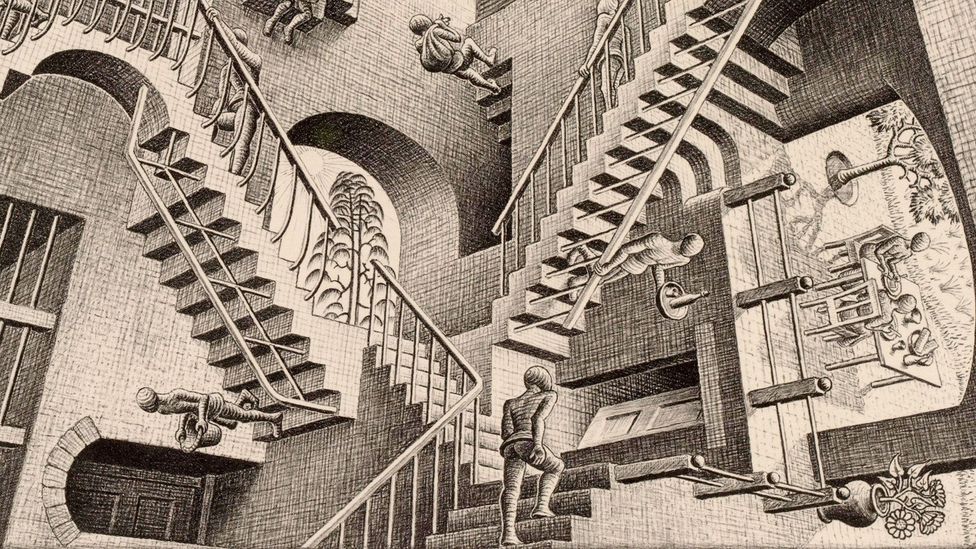Mathematics and art may seem like two very different subjects, but in reality, they are deeply connected. Throughout history, artists have used mathematical principles to create stunning works of art, from the intricate patterns in Islamic art to the perspective techniques of the Renaissance painters. In this blog post, we'll explore some of the ways that math and art intersect, and look at some examples of how artists have used mathematical concepts in their work.
Mathematics in Indian Art
One of the most notable examples of the use of mathematics in Indian art is found in the designs of mandalas, which are circular or square-shaped diagrams used in Hindu and Buddhist religions for meditation and spiritual practice. Mandalas often feature intricate geometric patterns that are based on mathematical principles such as symmetry, tessellations, and fractals. The use of these principles creates a sense of harmony and balance in the artwork and is intended to represent the cosmic and spiritual order of the universe.
Another example of the use of mathematics in Indian art is found in the design of temples and other architectural structures. Many ancient Indian temples were constructed using complex mathematical and astronomical calculations to ensure that they were aligned with the movement of the stars and planets. These temples often feature intricate geometric patterns and proportions, such as the use of the golden ratio and the Fibonacci sequence.
Geometry in Islamic Art
One of the most striking examples of the connection between math and art is in Islamic art, which is characterized by complex geometric patterns and motifs. These patterns are based on mathematical principles such as symmetry, tessellations, and fractals. The use of these principles creates a sense of harmony and balance in the artwork, and the repetition of geometric shapes creates a mesmerizing effect.
The Golden Ratio and the Renaissance
During the Renaissance period, artists such as Leonardo da Vinci and Albrecht Dürer used mathematical principles to create realistic perspective and proportions in their artwork. They used techniques such as linear perspective, which involves using a vanishing point to create the illusion of depth, and the golden ratio, which is a mathematical proportion found in many natural forms and has been used to create aesthetically pleasing compositions.
Op Art and Optical Illusions
In the 1960s, a new art movement emerged called Op Art, which used optical illusions and geometric patterns to create a sense of movement and depth. Many of these artists were influenced by the work of mathematicians such as M.C. Escher, who used principles of symmetry and tessellations to create intricate and mesmerizing images.
Digital Art and Algorithms
In today's digital age, artists are using math and algorithms to create stunning works of art. Using code, they can generate intricate patterns, fractals, and other geometric shapes that would be impossible to create by hand. Digital artists such as Joshua Davis and Rafael Lozano-Hemmer use these techniques to create dynamic and interactive installations that engage and inspire audiences.
Conclusion
Math and art may seem like two very different subjects, but in reality, they are deeply connected. Throughout history, artists have used mathematical principles to create beautiful and meaningful works of art, from the intricate patterns in Islamic art to the optical illusions of Op Art. As technology advances, artists are finding new and innovative ways to incorporate math into their work, creating a beautiful intersection of science and art.





No comments:
Post a Comment